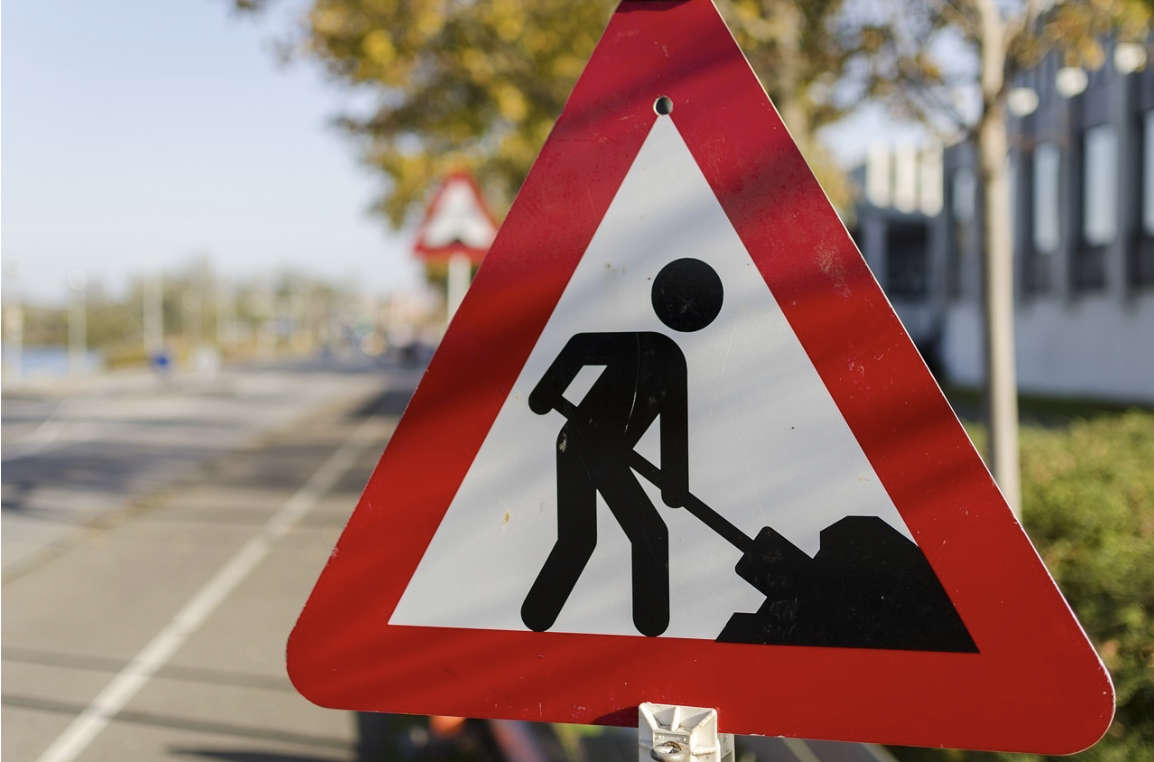
The threat of cyber attack, the need for financial investment and the ongoing impact of Covid-19 all pose an “extreme risk” to hospitals in East Sussex, a meeting has heard this week.
According to a report considered by its board on Tuesday (August 4), East Sussex Healthcare NHS Trust faces an “extreme risk” in five key areas.
They are: cybersecurity; the trust’s ability to maintain a sustainable workforce; the need for investment in equipment; the need for investment in the trust’s estates; and the ongoing impact of Covid-19 on hospital services.
While classified as “extreme risks” in the report, chief executive Dr Adrian Bull – who is set to retire from the trust in September – highlighted that the report is in a new format and said he had doubts about the terminology used.
He said:
“I think going through the way the risk levels are calculated, particularly at the moment given the pressures the organisation has been through, I think they are a reflection.
“They are a product of course of the likelihood of the risk occurring and the impact of the risk should it occur. What is mostly in our control is reducing the likelihood of the risk occurring, there will always an impact should it occur.
“In the chart red is described as extreme risk, which is a big word and I think I probably wouldn’t use the word extreme to describe the risks. But I would agree with the rating that it’s been given, in terms of likelihood of occurrence at the moment.”
According to the report, the risk of cyber-attack is considered to be a “high probability” and would be likely to have a major impact on the trust.
A large-scale cyber-attack could shut down the trust’s IT network and severely limit the availability of essential information for a prolonged period.
To reduce this risk the trust is to continue work on ensuring it has a robust cybersecurity network in place. It is also working to address points of concern raised by an internal cyber security audit last year.
Meanwhile, the trust’s inability to maintain a sustainable workforce is also considered a high probability, due to national skill shortages in some key fields as well as the uncertainty around the impact of Brexit on recruitment.
If left unchecked, the issue could see the trust spending more on agency staff and could result in poorer care for patients, the report says.
To address its concerns, the trust is to continue to review its recruitment strategy and take a ‘growing our own’ approach to filling key roles.
To reduce the risk of an ongoing impact of Covid-19 the trust has put in place a wide-ranging recovery and restart plan. Through this the trust plans to reduce the impact of the first wave of infection on hospital services.
The investment concerns, meanwhile, stem from what funds the trust has available for maintaining and improving its equipment and buildings.
The report says:
“The historic financial performance of the trust has led to a restricted internally generated capital budget for many years.
“Although the trust has successfully bid for emergency capital funding from NHS England/NHS Improvement the demand for capital outstrips the supply.
“Failure [to invest] gives rise to risk of a significant impact on the trust’s ability to meet its requirements to provide safe, modern and efficient patient care.”
To mitigate its financial risks the trust is drawing up a long-term capital plan and is bidding for further funding at a national level.
The trust is also revising its current financial planning in light of the coronavirus pandemic.
However, the report warns that there is an “immediate need for capital which outstrips the available capital.”
The trust has set itself the target to significantly reduce the risk of all five areas, as well as four other areas at a lower level of risk, which are considered either less likely to happen or would have a less severe impact.
The lower level risks areas are: sustained improvement; consistency of performance; protection of staff; and financial stability.
By Huw Oxburgh, Local Democracy Reporter.

 More 'Live' Bus Information Screens To Be Installed In West Sussex
More 'Live' Bus Information Screens To Be Installed In West Sussex
 Rare Bee Found In Lewes
Rare Bee Found In Lewes
 Event Bookings Go Live For Worthing Festival ‘24
Event Bookings Go Live For Worthing Festival ‘24
 Man Charged After Throwing Brick Through Brighton Restaurant Window
Man Charged After Throwing Brick Through Brighton Restaurant Window
 Peacehaven Man Disqualified Over High-Speed A27 Pursuit Near Brighton
Peacehaven Man Disqualified Over High-Speed A27 Pursuit Near Brighton
 Appeal After PCSO Assaulted In Uckfield
Appeal After PCSO Assaulted In Uckfield
 Man Charged With Rape Of Teenage Girl In Newhaven
Man Charged With Rape Of Teenage Girl In Newhaven
 Overnight Closures For A22 Forest Row Road Improvements
Overnight Closures For A22 Forest Row Road Improvements
 Brighton Defence Manufacturer's Controversial Planning Application Likely To Be Heard
Brighton Defence Manufacturer's Controversial Planning Application Likely To Be Heard
 Over £2.4m Approved For Worthing School Support Centre
Over £2.4m Approved For Worthing School Support Centre
Comments
Add a comment